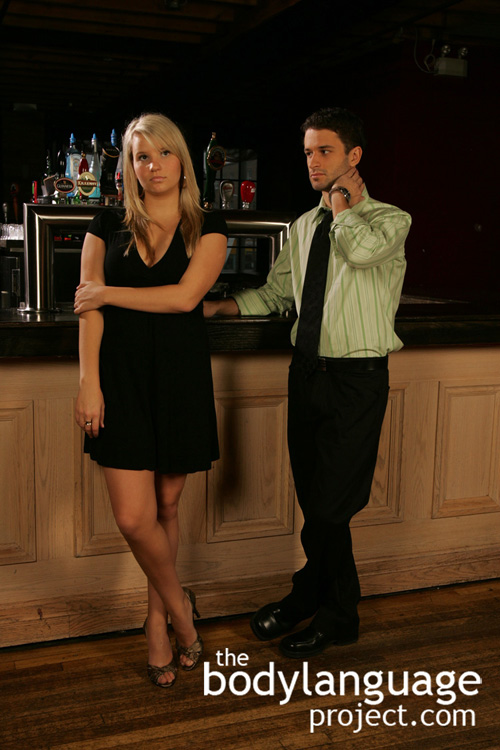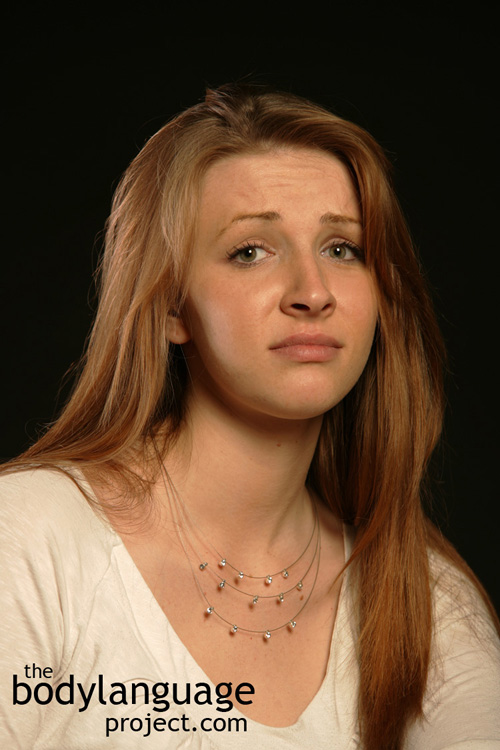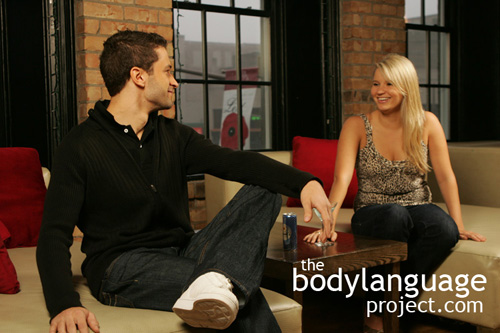
Open body language creates comfort and welcomes people into our personal space.
Knowing the difference between open postures and closed postures is very important when trying to determine the thoughts, feelings and disposition of our targets. Open body language has been shown to be linked to openness of the mind where people are more likely to be receptive to outside view and having closed postures has been tied to having a closed mind or being unreceptive to new ideas. As in most cases with body language, there is a strong connection between the gestures we make and our emotions with each providing valuables clues to the other. In fact, it is often very difficult to separate the mind and the body language that leaks from it, even with conscious thought, which is especially true when it comes to primitive emotional language.
Openness can sometimes be confused with simply being relaxed or intense, and to some degree this is true. For example, being open often means that attire is also relaxed, shirt collars are unbuttoned, ties removed, the pants might hang loose and certain articles like jackets might be removed. Full openness, therefore, is not always acceptable. Conversely, we might look at being open as simply a lack of holding closed cues. That is, having open cues is the exact same as not displaying closed cues and is the default position of the two. Being closed requires a certain amount of tensing of muscles and therefore effort so the default of most people is having an open mind. In other words, people are open, unless they say otherwise! It follows that there are far fewer cues to symbolize openness as opposed to closed, since being open is more of a passive state.

Closed body language happens whenever a part of our body crosses the center-line. Arms are shields that protect our torso from harm.
Closed cues generally occur whenever a limb crosses the center line of the body. When a leg, for example, comes across the center of the body and locks with the opposite leg, or when the arms fully cross over one another, we have a closed posture. There are more subtle cues of closed body postures which will cover in the next pages but crossing the center-line of the body is one of the main themes. Open postures, on the other hand, are postures that maintain the center-line of the body free from obstruction from any limbs or objects.
When closed postures are combined with other closed postures, the signal intended is made more obvious. For example, leg crossing in combination with arm crossing is much more potent than either alone. Add to this an expressionless face, turning away, and one is left to assume that communication is not welcomed at any level. On the other hand, we might be faced with someone who has their legs crossed but the arms are opened and honest. In this case, we might assume that it is a deliberate and conscious attempt to appear relaxed, when in fact the person might not be relaxed at all. It might be the case too, that someone has mixed feelings and is reserved at one level, but open at another level. Reading opened and closed body language is tricky business, but all cues are additive. Cues of the same origin, happening together, serve to strengthen an open or closed reading, but so too does conflicting cues. Conflicting cues tell us that someone has an internal reservation, made obvious through their mixed message.
It is fortunate for those of us who wish to modify our body language, that we have control of our conscious mind, since we then can modify our body language as desired.
Of course, since de-linking of our bodies and minds is difficult, these changes bring about inherent change in our attitudes as well. For example, it’s fairly easy to consciously carry open postures, such as palms up, arms and legs uncrossed, and hold active eye contact, however holding these postures necessarily leeches back into us creating open feelings.
In this chapter we will examine the vast array of open and closed body positions that we can use to come across as more or less open, as we desire. Naturally too, we will be able to identify this same body language in other people and use it to our advantage when reading them.






